Thanks to new observation technologies, powerful software, and statistical methods, the mechanics of collectives are being revealed.
Get Started for FREE
Sign up with Facebook Sign up with X
I don't have a Facebook or a X account

 Your new post is loading... Your new post is loading...
 Your new post is loading... Your new post is loading...
Current selected tag: 'Cancer'. Clear
Researchers have identified a cancer-preventing molecule that causes the immune system to prevent the formation and spread of tumors.
Gust MEES's insight:
Great Discovery...
Scientists have discovered an enzyme used in nature to make powerful chemicals from catnip to a cancer drug, vinblastine. The discovery opens up the prospect of producing these chemicals cheaply and efficiently.
Read more, very interesting: http://www.sciencedaily.com/releases/2012/11/121121145634.htm#.UK5M4zXokII.twitter
(Medical Xpress)—In a study to decipher clues about how prostate cancer cells grow and become more aggressive, Johns Hopkins urologists have found that reduction of a specific protein is correlated with the aggressiveness of prostate cancer, acting...
Read more: http://medicalxpress.com/news/2012-08-team-biological-indicator-aggressive-recurrent.html
Scientists at the Center for Laser Applications at the University of Tennessee Space Institute in Tullahoma have developed a laser that can target and...
The researchers say this technology is both easier and more cost-effective than the more invasive treatments commonly used. It’s potential use is particularly promising in brain cancer victims due to its non-invasive nature, the laser’s ability to go through thin bone like the skull, and the femtosecond laser radiation which according to Parigger helps, “avoid heating up too many other things that you do not want heated.
” Now that the technology has been developed, Parigger and his colleagues are in the process of commercializing it and making it widely available.
Read more and check video: http://www.smartplanet.com/blog/thinking-tech/new-laser-detects-and-destroys-cancer-tumors/12454
Engineers at UCLA, led by Bahram Jalali and Dino Di Carlo, have developed a camera that can take 36.7 million frames per second, with a shutter speed of 27 picoseconds -- by far the fastest and most sensitive camera in the world.
Read more:
Detecting breast cancer’s fingerprint in a droplet of blood
McGill team develops new technology that can accurately measure protein biomarkers...
Trials of galeterone record early success in treatment of advanced stage tumours...
A new drug that tackles advanced prostate cancer in three different ways has passed its first hurdle towards being approved.
Scientists reported promising early trial results using galeterone, which is designed to treat cancer that no longer responds to hormone therapy. However, researchers counselled caution as tests on the "triple whammy" drug have been carried out on only a small number of patients.
In their tests, scientists based at Harvard University reported that galeterone reduced levels of prostate specific antigen (PSA), a prostate cancer blood marker, by 30% or more in about half of patients. Eleven patients had PSA reductions of 50% or more, and in some there was significant shrinkage in tumour size.
Des nanorobots composés de brins d’ADN ont délivré des médicaments à des cellules cancéreuses et les ont détruites à 50 %, laissant indemnes les cellules saines.
On sait que la protéine p53, impliquée dans la moitié des tumeurs, est régulée par un autre polypeptide, Mdm2. Dans cette réaction en chaînes, la protéine kinase ATM joue un rôle essentiel, comme le démontrent des chercheurs de l’Inserm.
Plusieurs études mettent en avant le rôle de deux protéines différentes pour limiter la croissance, voire détruire certaines tumeurs. Leurs noms : AMH et Hsp90. La première ciblerait les cancers...
En 2005, on a annoncé la mise au jour, par des chercheurs écossais, de taux de cancer beaucoup plus faibles que prévu chez des personnes diabétiques traitées à la metformine, un... |
Un remède miracle ? Des chercheurs américains ont montré qu’une protéine, appelée Tat-bécline 1, stimule un mécanisme cellulaire qui préserverait d’un spectre très large de pathologies, allant des...
Gust MEES's insight:
À suivre de près...
Scientists examined the tumor-initiating events leading to pancreatic cancer (also called pancreatic ductal adenocarcinoma or PDA) in mice. Their work may help in the search for earlier detection methods and treatments.
Des scientifiques de l’Imperial College de Londres annoncent avoir développé un nouveau détecteur de maladies, dix fois moins onéreux que ce qui existe sur le marché et surtout beaucoup plus sensible, à base de nanoparticules d'or.
One person dies every hour from melanoma skin cancer in the United States, according to the American Cancer Society.
A recent study by Polo-Parada found that photoacoustics was limited in its ability to identify other types of cancer than melanoma. Credit: Dalton Cardiovascular Research Center
Read more at: http://medicalxpress.com/news/2012-07-cancer-lasers-limited.html#jCp Learn more: - http://www.scoop.it/t/21st-century-innovative-technologies-and-developments/?tag=Laser
Gust MEES's insight:
The second annual Google Science Fair, a science talent competition for kids ages 13 to 18, was held this month in Palo Alto, California. This year’s winner, 17-year-old Brittany Wenger, wrote a cloud-based computer program that makes breast cancer detection less invasive. She called it the “Global Neural Network Cloud Service for Breast Cancer.” Wenger created computer programs coded to think like the human brain and then used them to locate mass malignancy in breast tissue samples.
BLOG: Engineered Viruses Could Kill Cancer
Traditional methods of finding mass malignancy use a minimally invasive, but painful, biopsy called a fine needle aspirate (FNA). Analyzing tissues collected with this method isn’t always effective and sometimes results in further invasive procedures. Wegner tested her method with 7.6 million trials to see how accurately it would detect cancerous tumors. It succeeded with a 97.4 percent success rate in prediction and 99.1 percent sensitivity to malignancy when analyzing samples collected from FNA. Employing this data to a cloud service could make it possible for doctors to assess tumors without employing more invasive testing.
Read more:
Mina Bissell est venue partager ses 35 ans recherche sur le cancer, 35 années de travail autour d'une même question : qu’est-ce qui fait que les cancers se développent ? Sa réponse : leurs interactions avec leur micro-environnement. Elle n'a pas été la première à en avoir l'intuition mais la première à le prouver. A la conférence TEDGlobal, elle a raconté son expérimentation.
En savoir plus :
Une équipe de McGill met au point une technologie permettant la mesure exacte des biomarqueurs protéiques du cancer du sein...
Tests will be carried out on 10,000 patients identified as having a higher risk of developing disease...
A simple blood test capable of identifying lung cancer at an early stage is to be trialled by the NHS on thousands of smokers.
It his hoped the new test, developed in Britain and already piloted in the US, will drastically cut death rates, reduce medical bills and lead to an overhaul in the way cancer is diagnosed and treated.
À la veille de la Journée mondiale contre le cancer, l'information est encourageante : une fibre optique portable dotée d’un scanner pourrait détecter en quelques minutes des cellules cancéreuses noyées au milieu du tissu sain.
Grâce à cette technique, les chirurgiens espèrent disposer de moyens suffisants pour s'assurer lors de l’excision d’une tumeur que tout le tissu cancéreux a bien été retiré et ainsi éviter les récidives.
Chez des souris, des chercheurs ont réussi à visualiser in situ des tumeurs en 3 dimensions en utilisant des bactéries bioluminescentes ciblant les cellules cancéreuses.
L’acide lithocholique, un composé de la bile, vient de révéler son pouvoir anticancéreux à des chercheurs canadiens.
The $100,000 Zhang earned comes with first prize in the Siemens Competition in Math, Science & Technology. Her project, “Design of Image-guided, Photo-thermal Controlled Drug Releasing Multifunctional Nanosystem for the Treatment of Cancer Stem Cells,” was apparently as complex, thorough, and revolutionary as it sounds.
The nanoparticle Zhang created is already being referred to as something of a “swiss army knife” in the area of cancer treatment. That’s not to say it’s dull and rusty because I you didn’t take care of it when I was you were out camping, but rather that it has a whole bunch of useful applications.
The nanoparticle is delivered to tumors via the drug salinomycin where it kills cancer cells and deposits gold and iron-oxide materials to help with MRI imaging. |





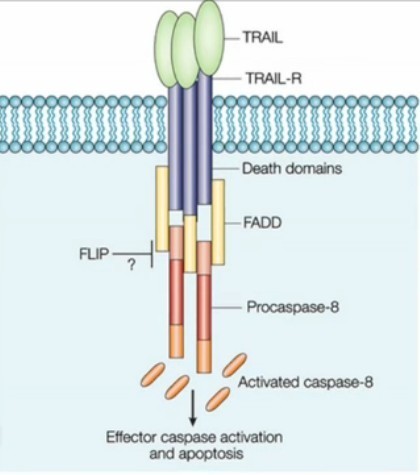



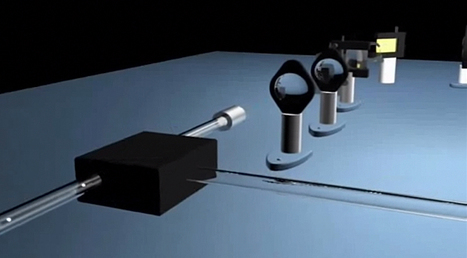

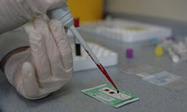
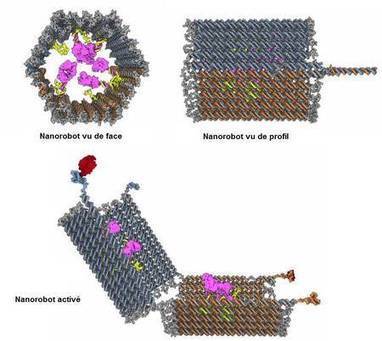
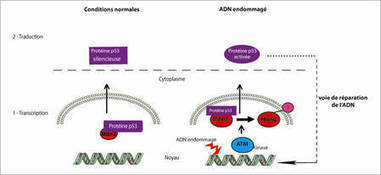
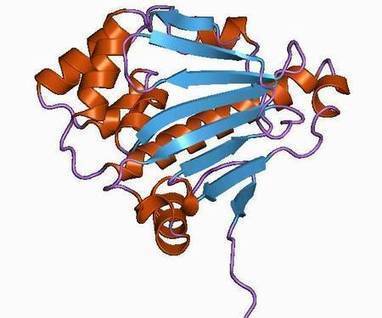

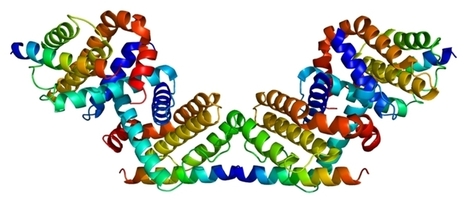






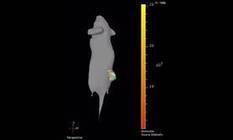
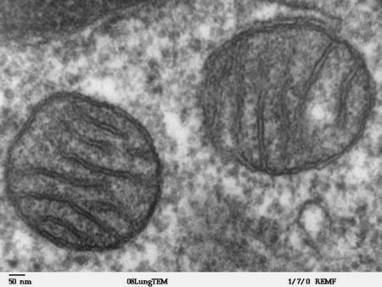






Thanks to new observation technologies, powerful software, and statistical methods, the mechanics of collectives are being revealed.